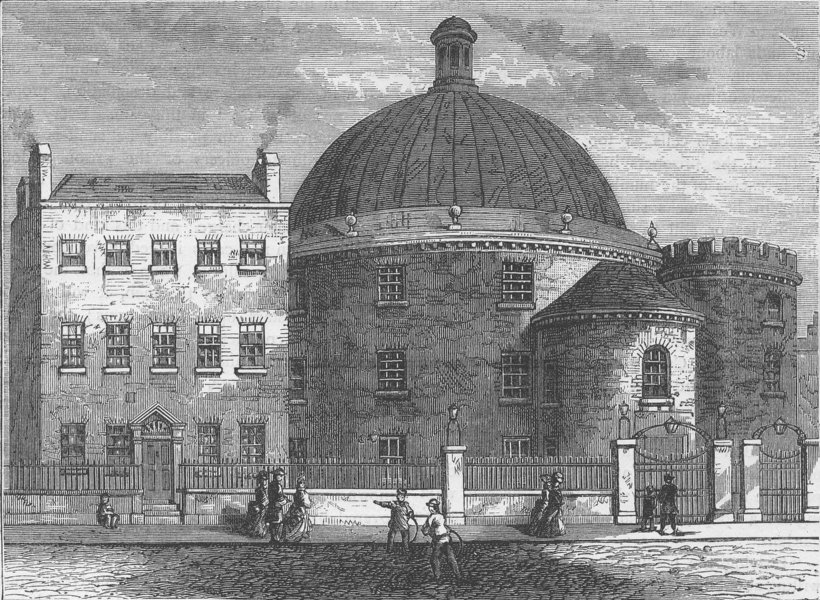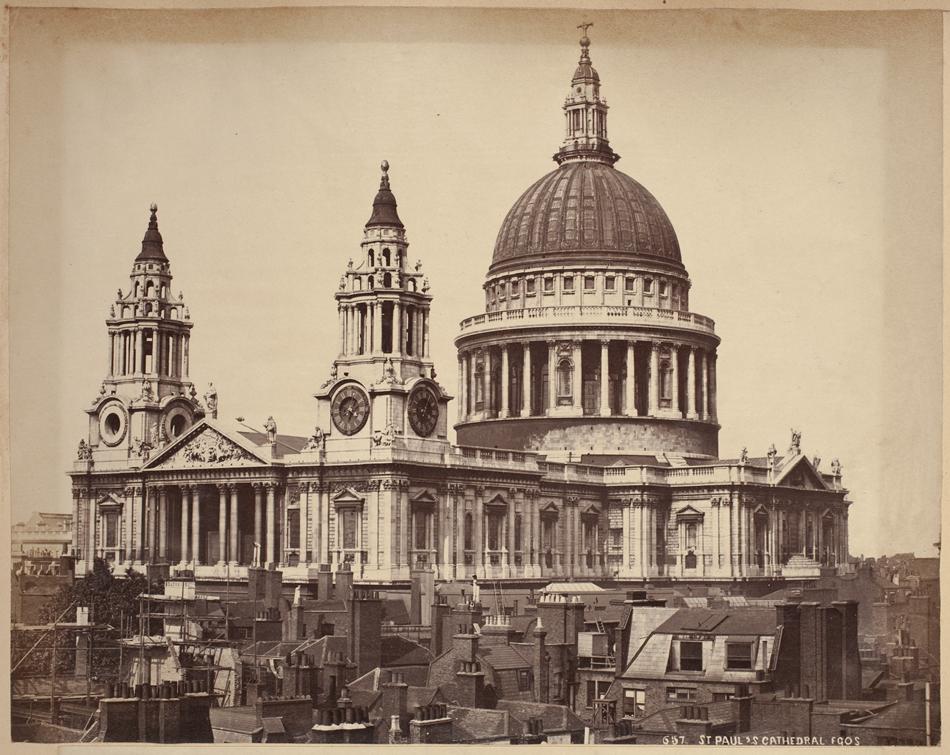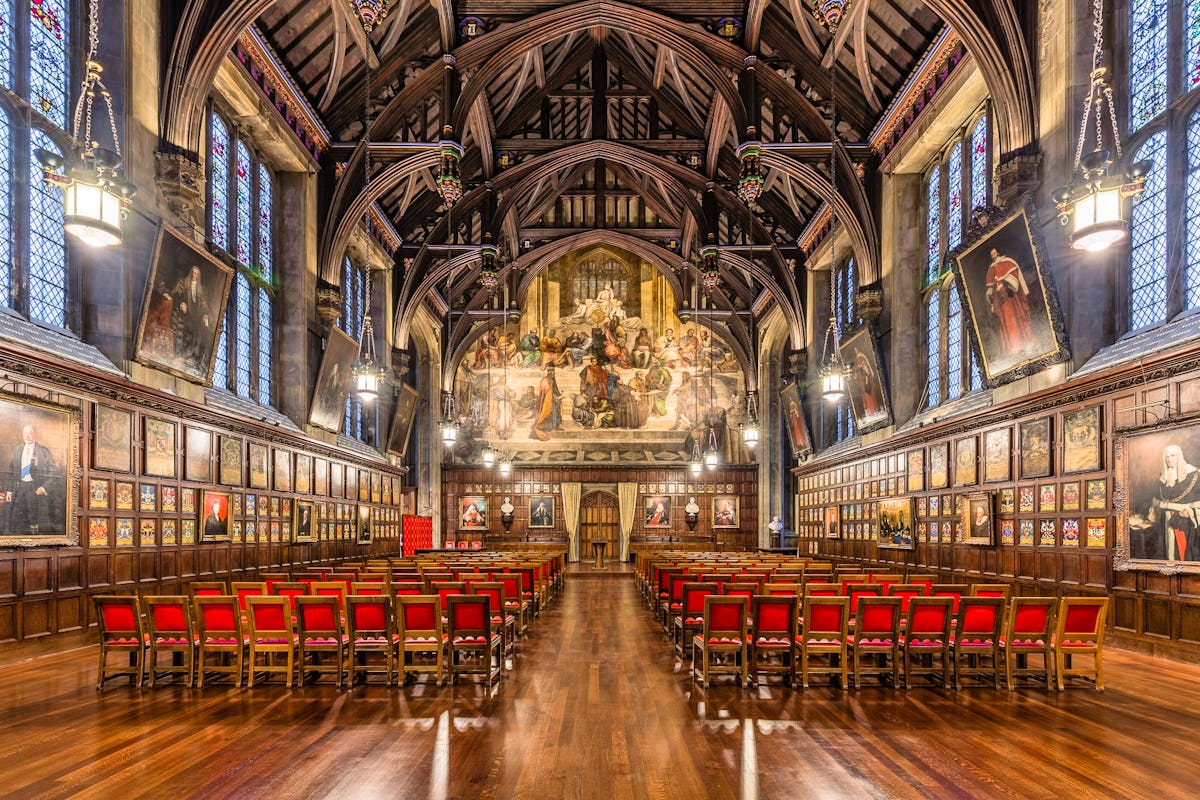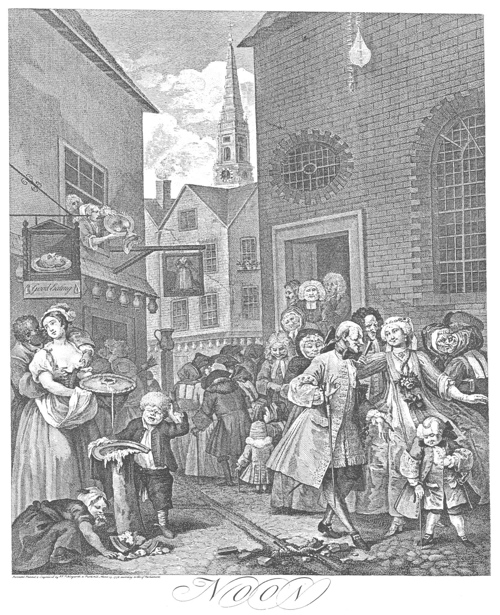
The Newnan Cotton Mill was established in 1888 with the shift of northern textile mills to the South in the 1880's. The reason for the migration of northern textile mills to the south was strictly for the reduced price of transportation of cotton and the cheap labor available after the Civil War. Like many large mills during the Industrial Revolution, the Newnan Cotton Mill was surrounded by a mill town or factory homes. These homes were one story with limited space within and around the house. These home are still used in Newnan today, but are poorly maintained and rented out to economically disadvantaged. This cotton mill by 1920 employed over 900 workers most of which were female.
Conditions within these mills were abhorrent. The wages provided to the...
more






